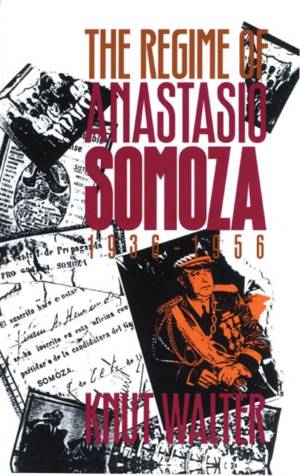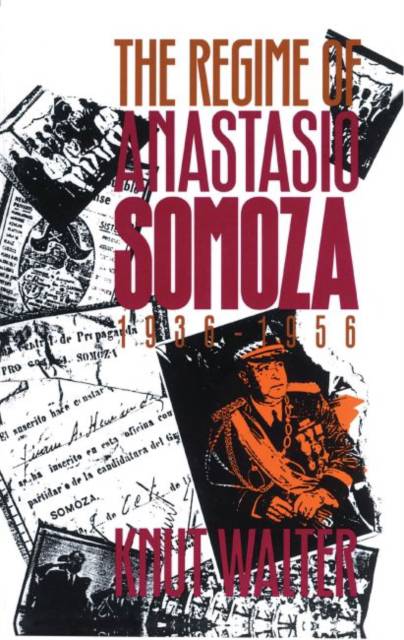
- Afhalen na 1 uur in een winkel met voorraad
- Gratis thuislevering in België vanaf € 30
- Ruim aanbod met 7 miljoen producten
- Afhalen na 1 uur in een winkel met voorraad
- Gratis thuislevering in België vanaf € 30
- Ruim aanbod met 7 miljoen producten
Zoeken
Omschrijving
To many observers, Anastasio Somoza, who ruled Nicaragua from 1936 until his assassination in 1956, personified the worst features of a dictator. While not dismissing these characteristics, Knut Walter argues that the regime was in fact more notable for its achievement of stability, economic growth, and state building than for its personalistic and dictatorial features. Using a wide range of sources in Nicaraguan archives, Walter focuses on institutional and structural developments to explain how Somoza gained and consolidated power. According to Walter, Somoza preferred to resolve conflicts by political means rather than by outright coercion. Specifically, he built his government on agreements negotiated with the country's principal political actors, labor groups, and business organizations. Nicaragua's two traditional parties, one conservative and the other liberal, were included in elections, thus giving the appearance of political pluralism. Partly as a result, the opposition was forced to become increasingly radical, says Walter; eventually, in 1979, Nicaragua produced the only successful revolution in Central America and the first in all of Latin America since Cuba's.
Specificaties
Betrokkenen
- Auteur(s):
- Uitgeverij:
Inhoud
- Aantal bladzijden:
- 324
- Taal:
- Engels
Eigenschappen
- Productcode (EAN):
- 9780807844274
- Verschijningsdatum:
- 1/11/1993
- Uitvoering:
- Paperback
- Formaat:
- Trade paperback (VS)
- Afmetingen:
- 158 mm x 235 mm
- Gewicht:
- 521 g

Alleen bij Standaard Boekhandel
+ 167 punten op je klantenkaart van Standaard Boekhandel
Beoordelingen
We publiceren alleen reviews die voldoen aan de voorwaarden voor reviews. Bekijk onze voorwaarden voor reviews.








